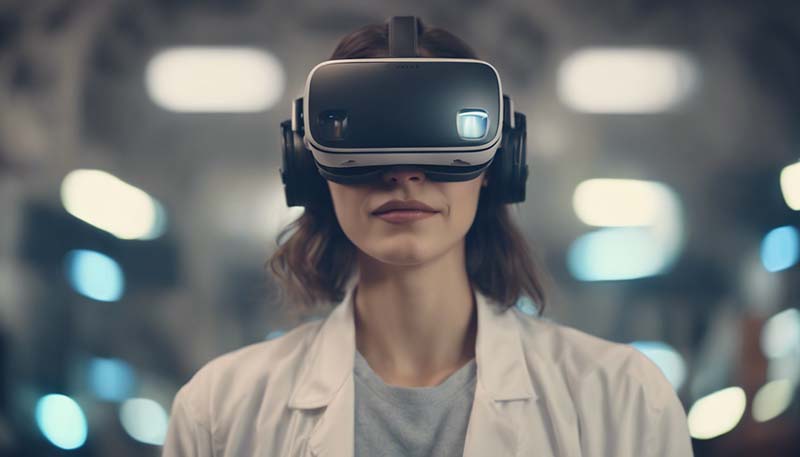The Role of Virtual Reality in Public Health Campaigns
The Role of Virtual Reality in Public Health Campaigns
Virtual Reality (VR) technology has been making significant strides in various sectors, and its application in public health campaigns is no exception. This article explores the potential of VR in enhancing public health initiatives and its impact on health education, awareness, and behavior change.
Introduction
Virtual Reality offers a unique and immersive experience that can be harnessed to address public health challenges. From educating the public about the importance of hygiene to simulating real-life medical scenarios for training healthcare professionals, VR has a broad spectrum of applications in the field of public health.
Advertisement
Education and Awareness
One of the primary roles of VR in public health is to create awareness and educate the public on various health issues. VR can simulate environments and scenarios that are difficult to recreate in real life, such as the spread of diseases or the impact of lifestyle choices on health. This immersive experience can lead to a deeper understanding and retention of information.
Hygiene and Sanitation
VR can be used to demonstrate the importance of handwashing and other hygiene practices by allowing users to see the effects of their actions in a virtual environment.
Substance Abuse Prevention
Virtual Reality can simulate the consequences of substance abuse, providing a powerful deterrent for potential users and offering a safe space for those in recovery to practice coping strategies.
Medical Training and Simulation
VR is a valuable tool for medical training, allowing healthcare professionals to practice their skills in a controlled and risk-free environment. This can lead to improved patient outcomes and a more prepared workforce in the face of public health emergencies.
Emergency Response Training
Public health campaigns often involve preparing for and responding to emergencies. VR simulations can train first responders and medical staff to handle various emergency scenarios, from natural disasters to pandemics.
Surgical Training
VR can provide a realistic and repeatable environment for surgical training, allowing surgeons to practice complex procedures and improve their skills without risk to patients.

Behavior Change and Therapy
Virtual Reality can be used to encourage positive behavior changes and support therapy for various health conditions.
Exposure Therapy
For individuals with phobias or post-traumatic stress disorder (PTSD), VR can provide a controlled environment for exposure therapy, gradually desensitizing patients to their fears in a safe and supportive way.
Healthy Lifestyle Promotion
VR can also be used to promote a healthy lifestyle by simulating the benefits of exercise and a balanced diet, making the long-term effects of these choices more tangible and motivating.
Challenges and Opportunities
While VR offers many opportunities for public health campaigns, there are also challenges to consider. These include the cost of VR technology, the digital divide, and the need for evidence-based VR applications.
Cost and Accessibility
The high cost of VR equipment can be a barrier to widespread adoption, particularly in low-resource settings. However, as technology advances, costs are expected to decrease, making VR more accessible.
Digital Divide
The digital divide is another challenge, as not all populations have equal access to technology. Public health campaigns must ensure that VR initiatives are inclusive and do not exacerbate existing inequalities.
Evidence-Based Practice
For VR to be effective in public health, it must be backed by research and evidence. Ongoing studies and evaluations are necessary to determine the best ways to use VR in health education and interventions.
Conclusion
Virtual Reality has the potential to revolutionize public health campaigns by providing immersive and engaging experiences that can lead to greater understanding, awareness, and behavior change. As the technology advances and becomes more accessible, it is likely to play an increasingly important role in public health education and intervention.
Comment